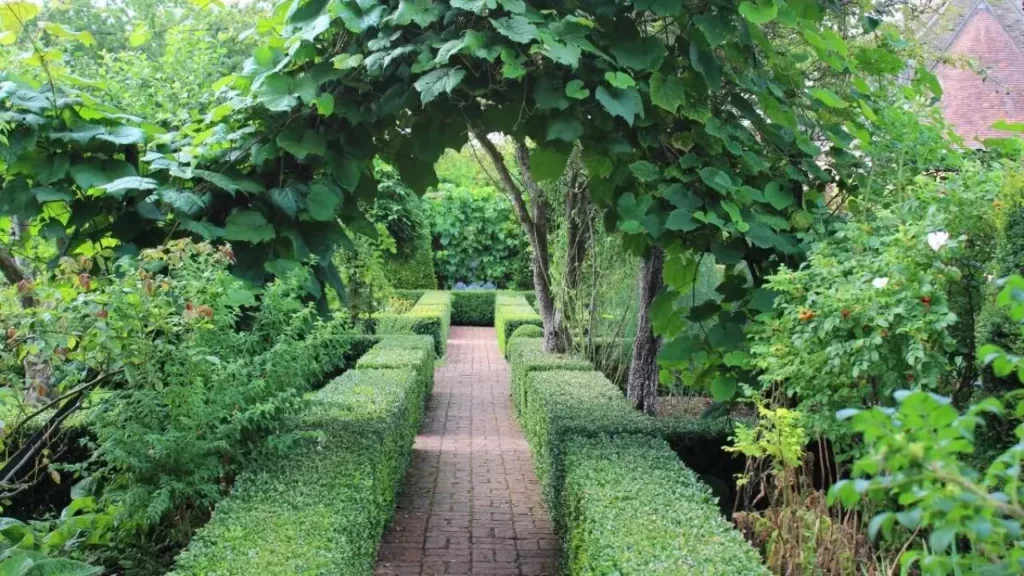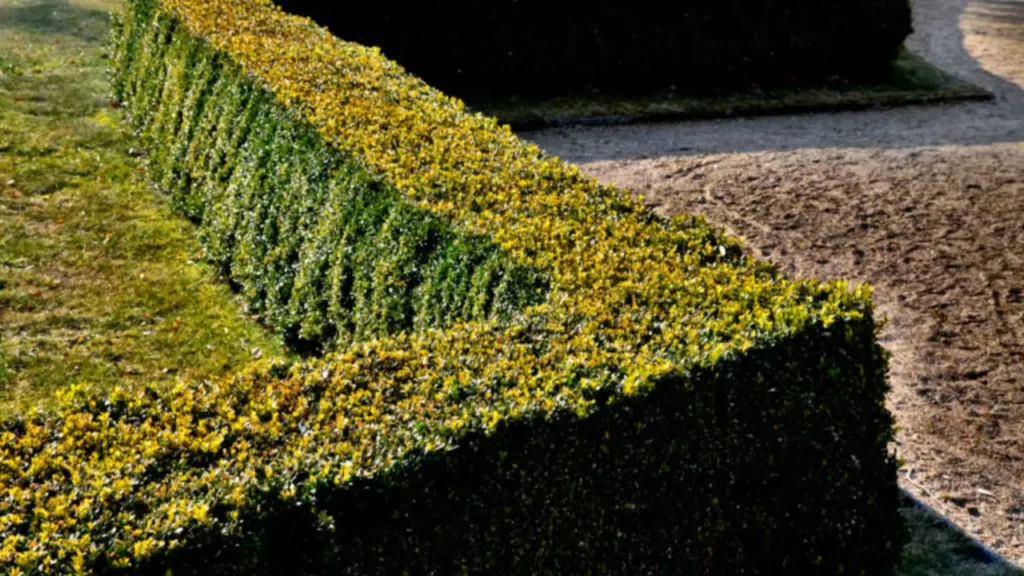Box hedges are a popular choice for adding structure and elegance to any garden. However, to keep them looking their best, regular pruning is essential. Knowing when to prune your box hedges is crucial to ensure they stay healthy and maintain their shape. In this article, we will explore the best times to prune your box hedges for optimal growth and aesthetics.
Whether you have a formal hedge that needs precise trimming or a more informal box hedge that just needs a light touch-up, understanding the timing of pruning is key to achieving the desired results. From pruning in early spring to late summer, we will provide you with expert tips and advice on when and how to prune your box hedges to keep them looking beautiful year-round.
Why Prune Your Box Hedge?
Box hedges, scientifically known as Buxus sempervirens, are a classic feature in many gardens. Their lush green foliage and ability to be shaped into intricate topiary make them a popular choice. However, to maintain their beauty and health, regular pruning is essential.

How Often Should You Prune Your Box Hedge?
The frequency of pruning your box hedge depends on several factors, including the desired shape, growth rate, and the overall look you want to achieve. Generally, it’s recommended to trim your box hedge at least twice a year to keep it looking tidy.
Best Time to Prune Box Hedges
The best time to prune your box hedge is in early summer and early autumn. This timing allows the plant to recover from the pruning stress before extreme weather sets in. However, if you’re aiming for a more formal look, pruning can be done more frequently, even up to four times a year.
How to Prune a Box Hedge
1. Tools: Use sharp shears or secateurs to ensure clean cuts and minimize damage to the plant.
2. Technique: Trim the hedge so that the base is wider than the top, allowing sunlight to reach all parts of the plant.
3. Shape: For topiary shapes or intricate designs, prune carefully to maintain the desired form.
4. Avoid Over-Pruning: While it’s important to keep your hedge in shape, avoid cutting into old wood excessively as it may not regrow easily.
Dealing with Pests and Diseases
Box Blight: This fungal infection can be a concern for box hedges. Regularly inspect your plants for any signs of blight, such as discolored foliage or dieback.
Box Tree Caterpillar: Keep an eye out for caterpillars, which can quickly defoliate a hedge. If detected, remove them by hand or use appropriate treatments.
Fertilizing: Applying a slow-release fertilizer in spring can help promote healthy growth and strengthen the hedge against diseases.
Tips for Pruning Success
Weather: Choose a cloudy day for pruning to prevent the foliage from scorching in direct sunlight.
Mulching: After pruning, mulch around the base of the hedge to retain moisture and deter weeds.
Watering: Ensure your box hedge is well-watered, especially during dry spells.
Avoid Frost: Pruning during the frost-free period is crucial to prevent damage to new growth.

Fix Your Box Hedge:
Pruning your box hedge is a vital part of its care routine, ensuring it remains healthy, vibrant, and a standout feature in your garden. By following these best practices and staying vigilant against pests and diseases, you can enjoy the beauty of your box hedge for years to come. For more tips and guidance on hedge care, check out our other garden tips and stay updated on special offers from specialist nurseries.
Prune Box Hedges – FAQ
1. How often should I prune my box hedge?
It is recommended to prune your box hedge at least twice a year for optimal growth and appearance. Regular pruning helps maintain the desired shape and density of the hedge and encourages new growth.
2. What is the best time to prune box hedges?
The best time to prune box hedges is during the spring or early summer months. This is when the box plants are actively growing, and pruning at this time will promote healthy foliage and ensure the hedge looks its best throughout the year.
3. How can I prevent box blight while pruning my box hedge?
To prevent box blight when pruning your box hedge, make sure to disinfect your tools before and after each cutting to avoid spreading any potential disease from one plant to another. Additionally, avoid pruning during wet weather as this can exacerbate the risk of box blight infections.
4. What are the signs of pests on box hedges and how should I address them?
Common signs of pest infestations on box hedges include visible damage to the foliage, holes in the leaves, or the presence of caterpillars such as box tree caterpillars. If you notice any of these signs, consider using organic pest control methods or consult with a gardening professional for appropriate treatment options.
5. Can I use fertilizer when pruning is done?
Plants are often trimmed back to one-third of their original height. After pruning, use fertilizer to promote vigorous new growth. Many perennial species that have completed blooming can be trimmed down now as well.
Last Updated on March 21, 2024

